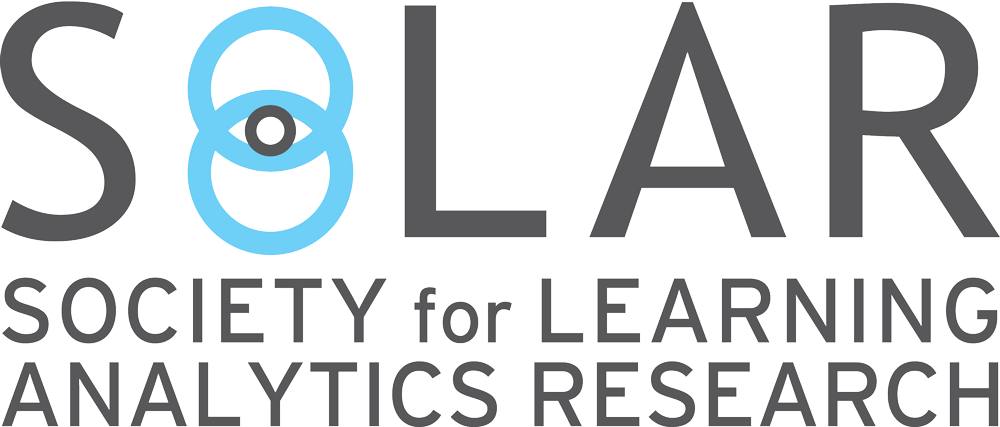What is Learning Analytics?
Definition of Learning Analytics
LEARNING ANALYTICS is the collection, analysis, interpretation and communication of data
about learners and their learning that provides theoretically relevant and actionable insights to enhance learning and teaching (SoLAR 2025).
The field has evolved into both an academic discipline and a commercial marketplace since its inception at the first LAK conference back in 2011.
So What’s All the Fuss About?
For decades, educators have tracked student progress, designed assessments, and used evidence to improve
learning. Learning Analytics builds on these practices by exploiting new digital data and computational
analysis techniques from data science and AI.
Background
Learning analytics is both an academic field and a field of educational practice that has taken rapid shape over the last decade.
As a research and teaching field, Learning Analytics sits at the convergence of Learning (e.g. educational research, learning and assessment sciences,
educational technology), Analytics (e.g. statistics, visualization, computer/data sciences, artificial intelligence),
and Human-Centered Design (e.g. usability, participatory design, sociotechnical systems thinking).
After 15 years It is timely to revisit the definition to ensure that it still holds true as the field has grown alongside other advancements.
In March 2025 the SoLAR Executive Committee formed a task force to take stock and reimagine the definition of Learning Analytics.
To learn more about the Scope of these changes, you can download the full report here:
Download: Reimagining Learning Analytics (PDF)
Key Uses
Lifelong Learning
Support student development of lifelong learning skills and strategies
Personalized Feedback
Provide timely and personalized feedback to students
Collaboration & Creativity
Enhance collaboration, critical thinking, communication, and creativity.
Self-Reflection
Encourage student awareness and promote self-reflection.
Empirical Insights
Drive quality teaching with data-backed insights into innovations.
Methodologies
Descriptive Analytics
Aggregate data to reveal trends from past performance.
Diagnostic Analytics
Investigate data to uncover why trends occurred.
Predictive Analytics
Utilize models to forecast future trends and outcomes.
Prescriptive Analytics
Recommend actionable strategies to optimize learning.
Impacts
Who Benefits?
Learning Analytics provides researchers with exciting new tools to study teaching and learning. Moreover, as data infrastructures improve, from data capture and analysis to visualization and recommendation, we can close the feedback loop to learners, offering more timely, precise, actionable feedback. In addition, educators, instructional designers, and institutional leaders gain new insights once the learning process is persistent and visible.
Organisational Infrastructures
The community that SoLAR is fostering is distinctive in its interest in understanding the organizational systems required to introduce and sustain analytics. SoLAR’s events and publications draw an eclectic audience that welcomes leaders and policymakers in education, business, and government concerned with strategies for organizational change.
Ethics of Data & AI
There is rightly much public and professional debate around the ethics of Big Data and AI, including privacy, the problem of opaque ‘black box’ algorithms, the risk of training machine learning classifiers on biased datasets, and the dangers of incorrectly predicting someone’s behaviour. These concerns are just as relevant in education, so the ethics of educational data, analytics and AI are front and center in SoLAR’s work.
Generative AI & AI Agents
hyper-personalized learning experiences through real-time adaptive feedback and predictive modeling. These technologies enable continuous mapping of student interactions, automate content generation and curation, and analyze multimodal data—from digital clicks to physiological responses—enhancing diagnostic accuracy and instructional precision. Efficiency gains streamline administrative tasks and facilitate early interventions to improve retention and performance. However, these advances raise significant ethical concerns regarding data privacy, transparency, and equitable access, underscoring the need for robust governance frameworks to ensure technology serves inclusive, responsive education in modern classrooms while empowering learners and educators alike globally.
Learning analytics in a nutshell
By: Yi-Shan Tsai, The Society for Learning Analytics Research (2020)
Source: YouTube
License: Standard YouTube License
